Last updated on October 22nd, 2024 at 04:31 pm
Indigenous Literature of Ancient India
India has a rich and diverse literary heritage that dates back thousands of years. The indigenous literature of ancient India reflects the cultural, philosophical, and spiritual life of its people. This article explores the various forms and genres of indigenous literature, significant texts, and their contributions to the global literary landscape.
Understanding Indigenous Literature
Indigenous literature refers to the body of literary works that originate from the native cultures of a region. In the context of ancient India, this includes texts written in various languages, encompassing poetry, drama, philosophy, and religious scriptures. The indigenous literature of ancient India is characterized by its deep connection to the land, traditions, and spiritual beliefs of its people.
Features of Indigenous Literature of Ancient India
- Cultural Heritage: Indigenous literature serves as a reflection of the social customs, values, and beliefs of ancient Indian society.
- Philosophical Depth: Many texts delve into philosophical discussions about life, morality, and existence.
- Spiritual Significance: Literature often incorporates religious themes, offering insights into ancient Indian spirituality.
- Diverse Forms: It includes various forms, such as poetry, prose, drama, and epics.
Major Texts in Indigenous Literature
Ancient Indian literature is vast and varied, with several key texts that have shaped its literary landscape. Some of the most significant works include:
1. Vedas
The Vedas are the oldest sacred texts of Hinduism, composed in Sanskrit around 1500-500 BCE. They consist of four collections:
- Rigveda: Hymns dedicated to deities.
- Samaveda: Melodies and chants.
- Yajurveda: Prose mantras for rituals.
- Atharvaveda: Spells and incantations.
2. Upanishads
The Upanishads are philosophical texts that explore the nature of reality and the self. They represent the culmination of Vedic thought and introduce concepts like Brahman (universal spirit) and Atman (individual soul).
3. Mahabharata
The Mahabharata is one of the longest epic poems in the world, narrating the story of the Kurukshetra War between the Pandavas and Kauravas. It includes the Bhagavad Gita, a philosophical dialogue between Prince Arjuna and Lord Krishna.
4. Ramayana
The Ramayana, attributed to the sage Valmiki, tells the story of Lord Rama, his wife Sita, and his battle against the demon king Ravana. This epic emphasizes the values of duty, righteousness, and devotion.
5. Puranas
The Puranas are a genre of ancient texts that contain myths, legends, and cosmology. They provide valuable insights into Hindu mythology and the socio-cultural context of ancient India.
6. Sangam Literature
Originating from the Tamil region, Sangam literature (circa 300 BCE – 300 CE) comprises poems and songs composed by various poets. It reflects the life, culture, and values of Tamil society.
Themes in Indigenous Literature
The indigenous literature of ancient India covers a range of themes that resonate with its readers. Some common themes include:
1. Nature and Environment
Many ancient texts emphasize the beauty of nature and the relationship between humans and the environment. Poets often drew inspiration from their surroundings, reflecting a deep appreciation for the natural world.
2. Love and Relationships
Themes of love, friendship, and familial bonds are prevalent in ancient Indian literature. These works explore the complexities of human relationships, often highlighting the importance of love and duty.
3. Morality and Dharma
The concept of dharma (duty/righteousness) is central to many texts. Characters often grapple with moral dilemmas, emphasizing the significance of ethical conduct in personal and social life.
4. Spirituality and Philosophy
Spiritual themes dominate much of ancient Indian literature, as writers sought to understand the nature of existence, the divine, and the self. The exploration of philosophical ideas often intertwines with narratives and poetry.
Influence of Indigenous Literature
The indigenous literature of ancient India has had a profound influence on subsequent literary traditions, both within and outside India. Its themes, stories, and philosophies have inspired countless writers, poets, and scholars throughout history.
Contribution to World Literature
- Epic Narratives: The Mahabharata and Ramayana have been adapted into various forms across cultures, influencing literature worldwide.
- Philosophical Thought: The Upanishads and Vedic texts have contributed significantly to global philosophical discourse, exploring concepts of self, reality, and morality.
- Poetic Tradition: Ancient Indian poetry has laid the foundation for rich poetic traditions in various languages, including Sanskrit, Tamil, and more.
Conclusion
The indigenous literature of ancient India is a treasure trove of wisdom, culture, and philosophy. Its rich diversity and profound themes continue to resonate with readers today. By exploring these ancient texts, we can gain valuable insights into the beliefs, values, and experiences of the people who lived in ancient India. Understanding this literary heritage is crucial for appreciating the cultural tapestry of not just India but the world as a whole.
Overview of Key Texts in Indigenous Literature of Ancient India
The indigenous literature of ancient India encompasses a diverse array of key texts, including the Vedas, Upanishads, Mahabharata, and Ramayana, each reflecting profound philosophical and cultural themes.
| Text | Author | Time Period | Key Themes |
| Vedas | Various | 1500-500 BCE | Rituals, hymns, spirituality |
| Upanishads | Various | 800-200 BCE | Philosophy, self, and reality |
| Mahabharata | Vyasa | 400 BCE – 400 CE | Duty, morality, conflict |
| Ramayana | Valmiki | 500 BCE – 100 CE | Love, duty, righteousness |
| Puranas | Various | 300 CE onwards | Myths, legends, cosmology |
| Sangam Literature | Various | 300 BCE – 300 CE | Love, nature, social values |
This overview highlights the significance of these texts in understanding the indigenous literature of ancient India. By studying these works, students can appreciate the depth and richness of India’s literary tradition, making it easier to explore further and engage with this vital part of history.
- Ancient History of India – UGC NET History Notes
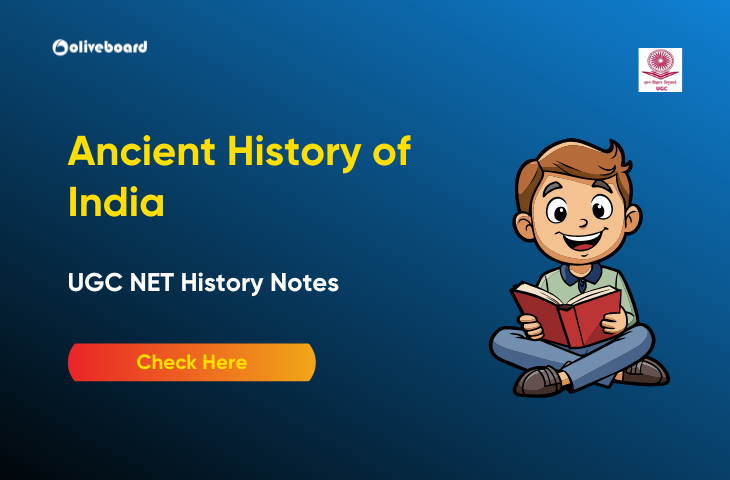
- Emergence of Regional Powers in Early Medieval India- UGC NET History Notes

- Emergence of Heterodox Sects – UGC NET History Notes
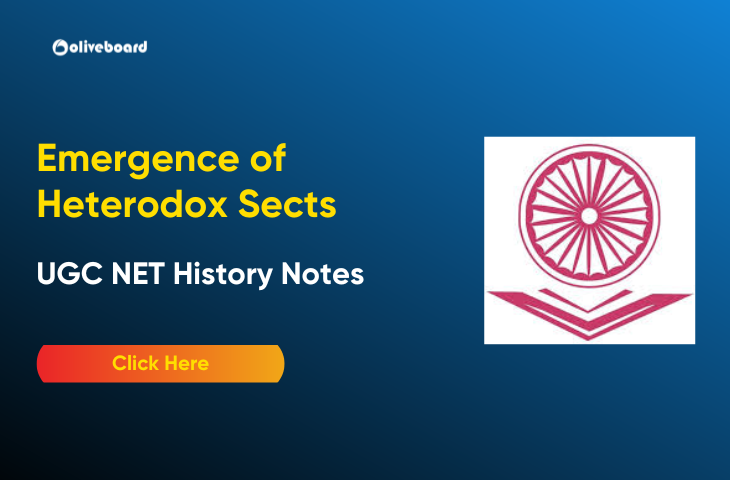
- UGC NET History Previous Year Question Paper, PDF Download
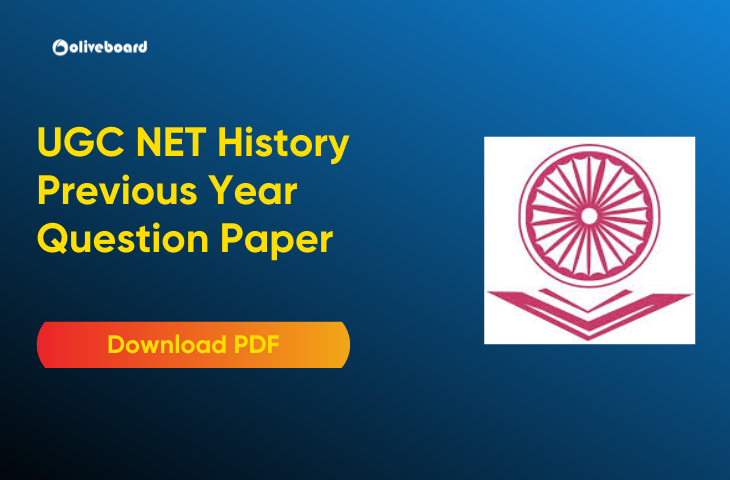
- Sangam Literature – UGC NET History Notes
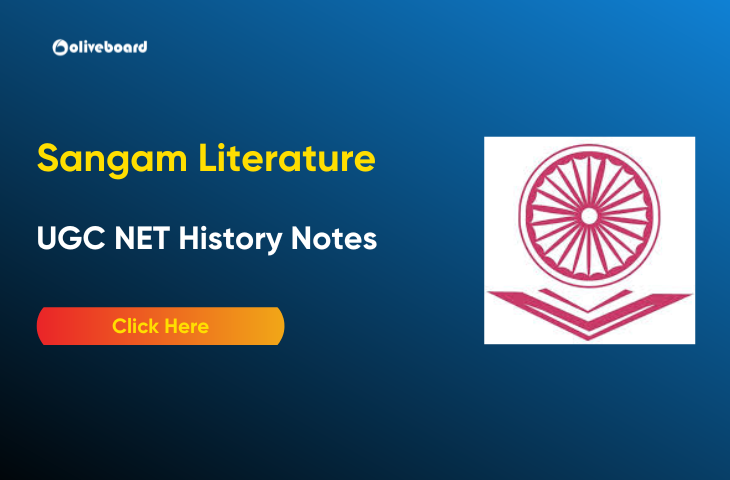
- Mauryan Art and Architecture – UGC NET History Notes
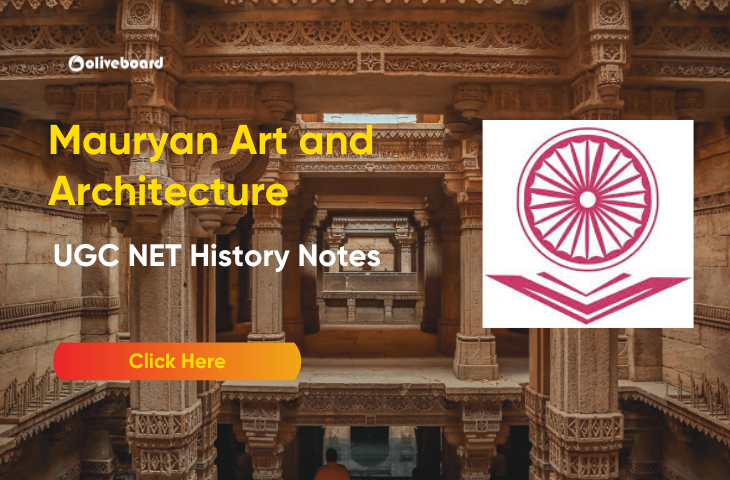
Indigenous Literature of Ancient India – FAQs
Ans. Indigenous literature refers to the body of written and oral works created by indigenous peoples, reflecting their cultures, languages, and histories.
Ans. It is crucial for preserving cultural heritage, promoting indigenous voices, and fostering understanding of diverse worldviews.
Ans. Examples include the Vedas, Upanishads, Native American oral traditions, and works by contemporary indigenous authors.
Ans. Indigenous literature often emphasizes community, spirituality, and ancestral connections, distinct from the individualistic focus of mainstream literature.

Hello there! I’m a dedicated Government Job aspirant turned passionate writer & content marketer. My blogs are a one-stop destination for accurate and comprehensive information on exams like Regulatory Bodies, Banking, SSC, State PSCs, and more. I’m on a mission to provide you with all the details you need, conveniently in one place. When I’m not writing and marketing, you’ll find me happily experimenting in the kitchen, cooking up delightful treats. Join me on this journey of knowledge and flavors!